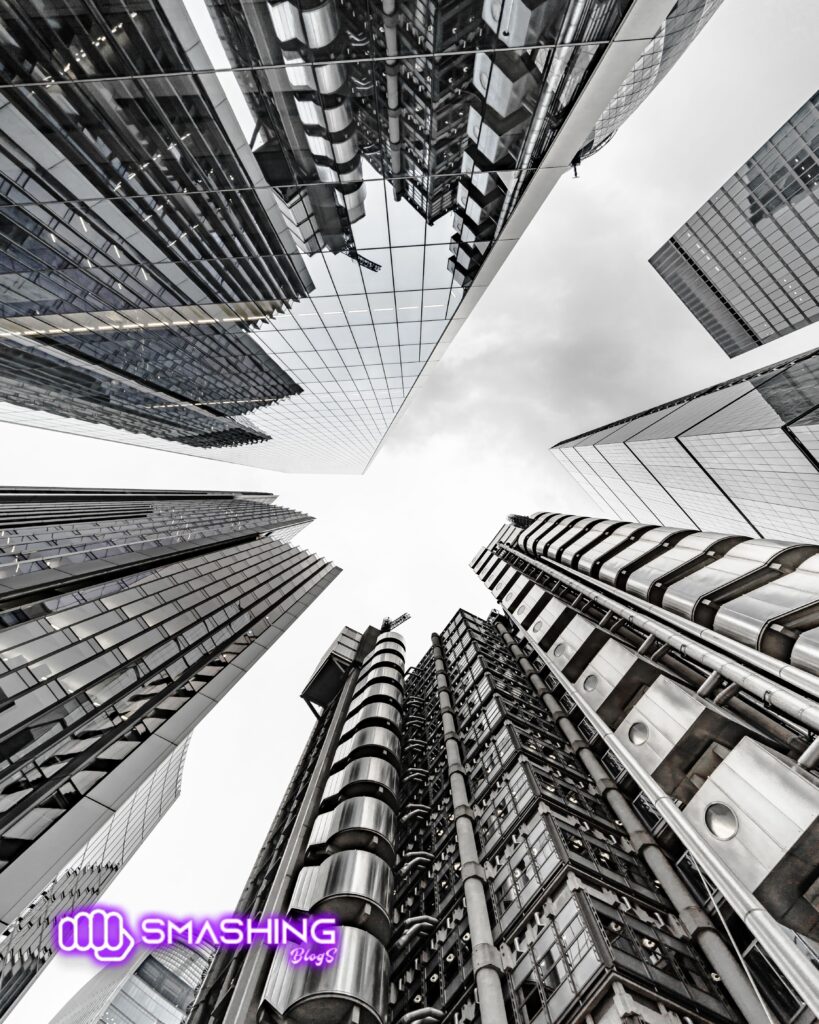In an era where social media dominates our digital landscape, its influence extends far beyond likes and shares. One industry that has felt the reverberations of this digital revolution is architecture. Social media platforms have become virtual galleries, shaping the way we perceive, create, and interact with architectural spaces. From Instagram to Pinterest, these platforms have transformed architecture into a visual spectacle, altering both the design process and the way we experience built environments.
One of the most significant impacts of social media on architecture is the democratization of design inspiration. Historically, architectural inspiration was limited to textbooks, magazines, and physical visits to iconic structures. However, with platforms like Instagram and Pinterest, architectural imagery is now accessible to anyone with an internet connection. Architects, designers, and enthusiasts can effortlessly explore a vast array of architectural styles, trends, and innovations from around the globe. This democratization of design inspiration has sparked creativity and diversity in architectural practices, as professionals draw inspiration from a wide range of sources beyond their immediate surroundings.
Moreover, social media has redefined the way architects showcase their work and engage with audiences. Platforms like Instagram serve as digital portfolios, allowing architects to showcase their projects in real-time to a global audience. Architectural firms leverage these platforms to share behind-the-scenes glimpses of their design process, construction updates, and completed projects. This direct interaction with the audience fosters transparency, authenticity, and a deeper connection between architects and the public. Furthermore, social media enables architects to receive instant feedback, facilitating dialogue and collaboration within the architectural community.
The rise of social media influencers has also influenced architectural trends and preferences. Influencers with large followings often showcase their lifestyles, including their homes and workspaces, which can shape popular design trends. Architectural elements such as minimalist interiors, sustainable design practices, and biophilic principles have gained traction through influencer culture. Consequently, architects and designers are increasingly incorporating these elements into their projects to cater to evolving consumer preferences.
Additionally, social media has transformed the way we experience architectural spaces. Platforms like Instagram have popularized the concept of “Instagrammable” architecture – spaces specifically designed to be visually appealing and shareable on social media. Architects and designers now consider the photogenic qualities of a space during the design process, incorporating elements like vibrant colors, unique textures, and striking geometric patterns to create visually captivating environments. As a result, architectural spaces have become more immersive and experiential, blurring the boundaries between physical and digital realms.
However, alongside its myriad benefits, social media poses challenges for the architectural profession. The pressure to design spaces for social media validation can sometimes prioritize aesthetics over functionality and sustainability. Furthermore, the proliferation of digital imagery can oversaturate the architectural discourse, leading to homogenization and superficiality in design trends. Architects must navigate these challenges while harnessing the potential of social media to foster innovation, collaboration, and cultural exchange.
In conclusion, social media has profoundly impacted the field of architecture, reshaping the way we design, communicate, and experience built environments. From democratizing design inspiration to fostering collaboration and influencing architectural trends, social media has become an indispensable tool for architects and designers worldwide. As technology continues to evolve, so too will the relationship between social media and architecture, shaping the future of our built environment in unforeseen ways.


